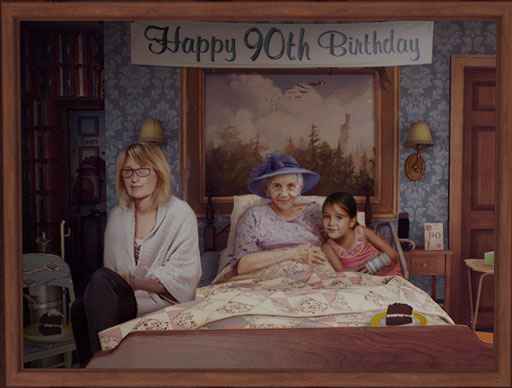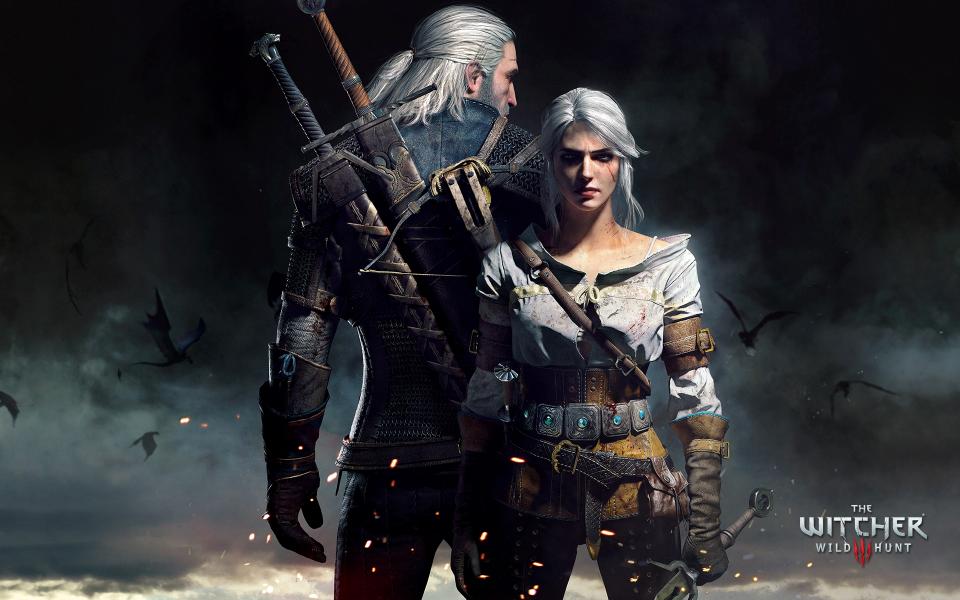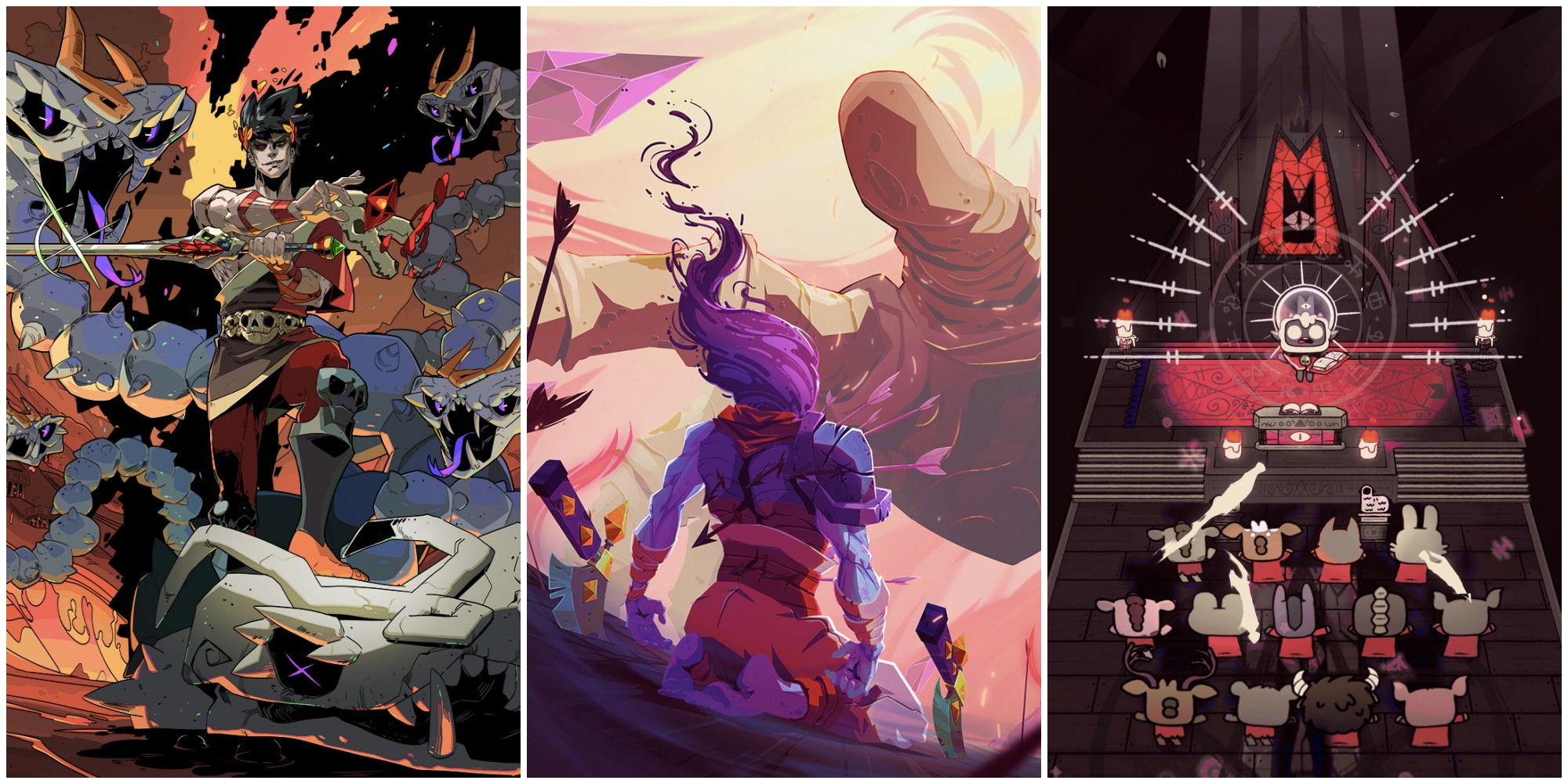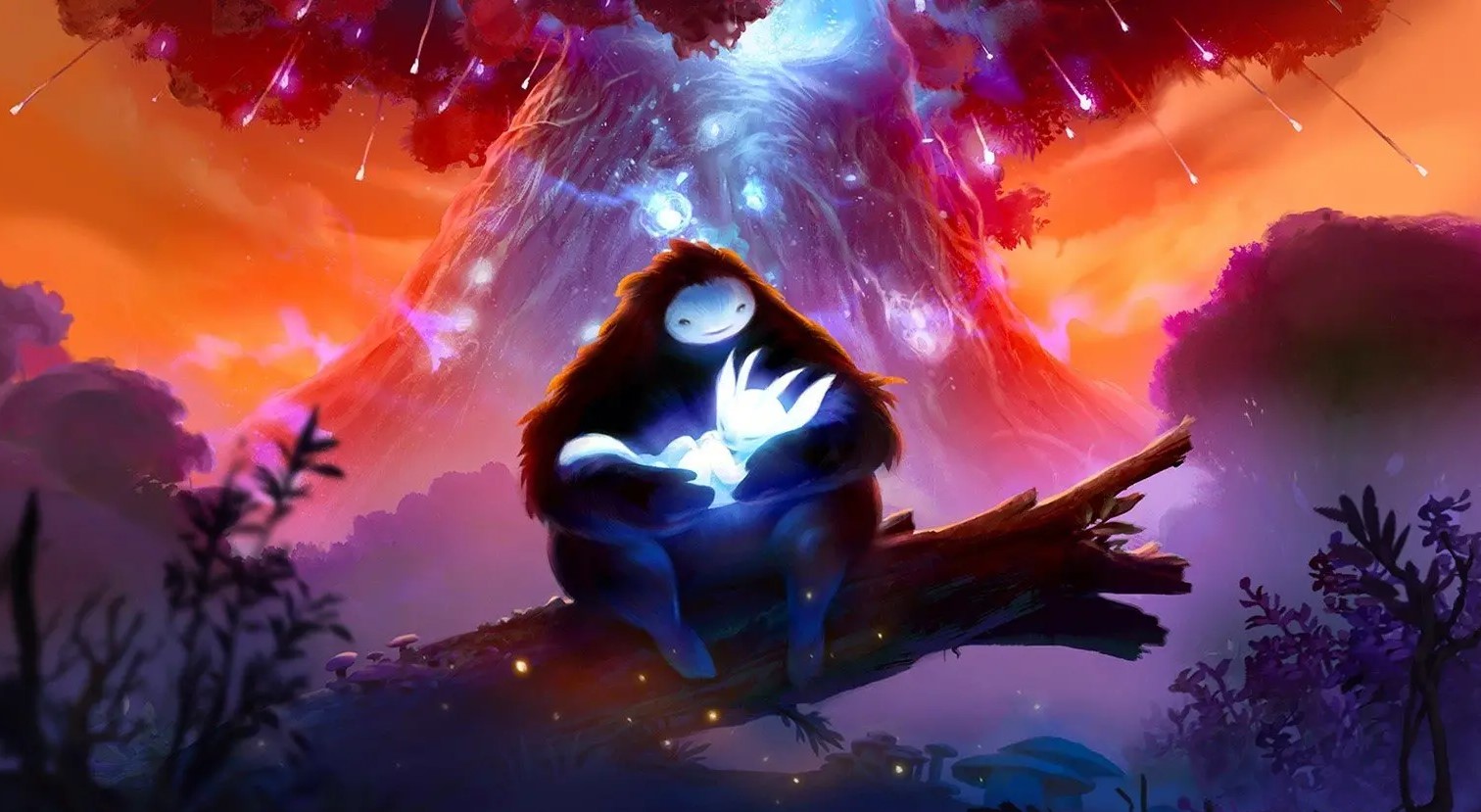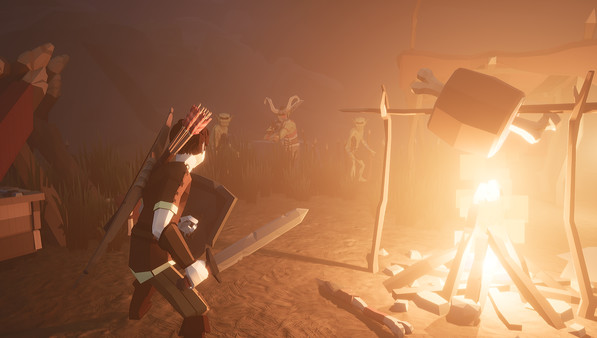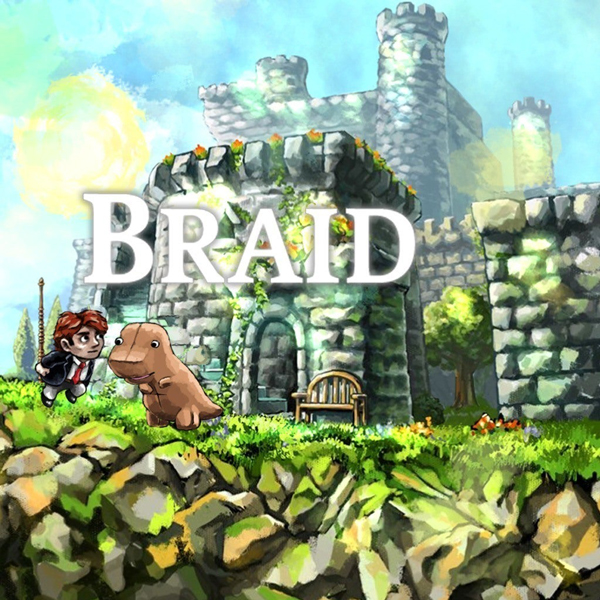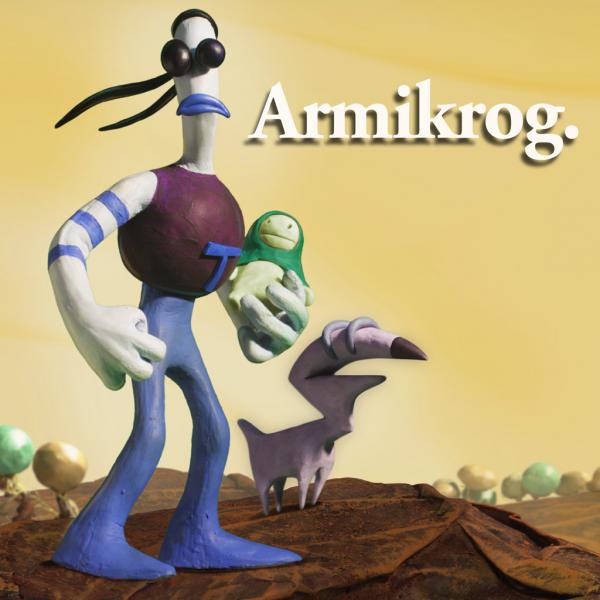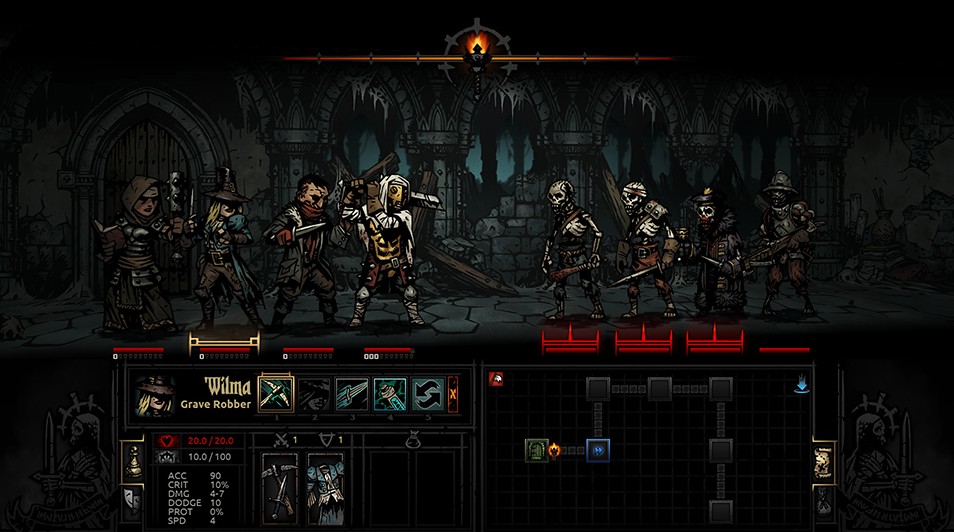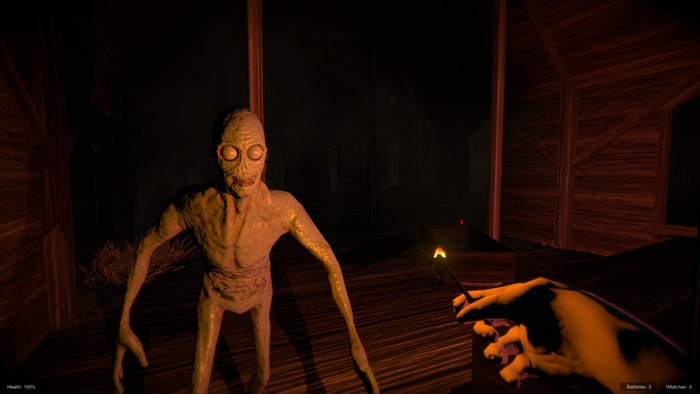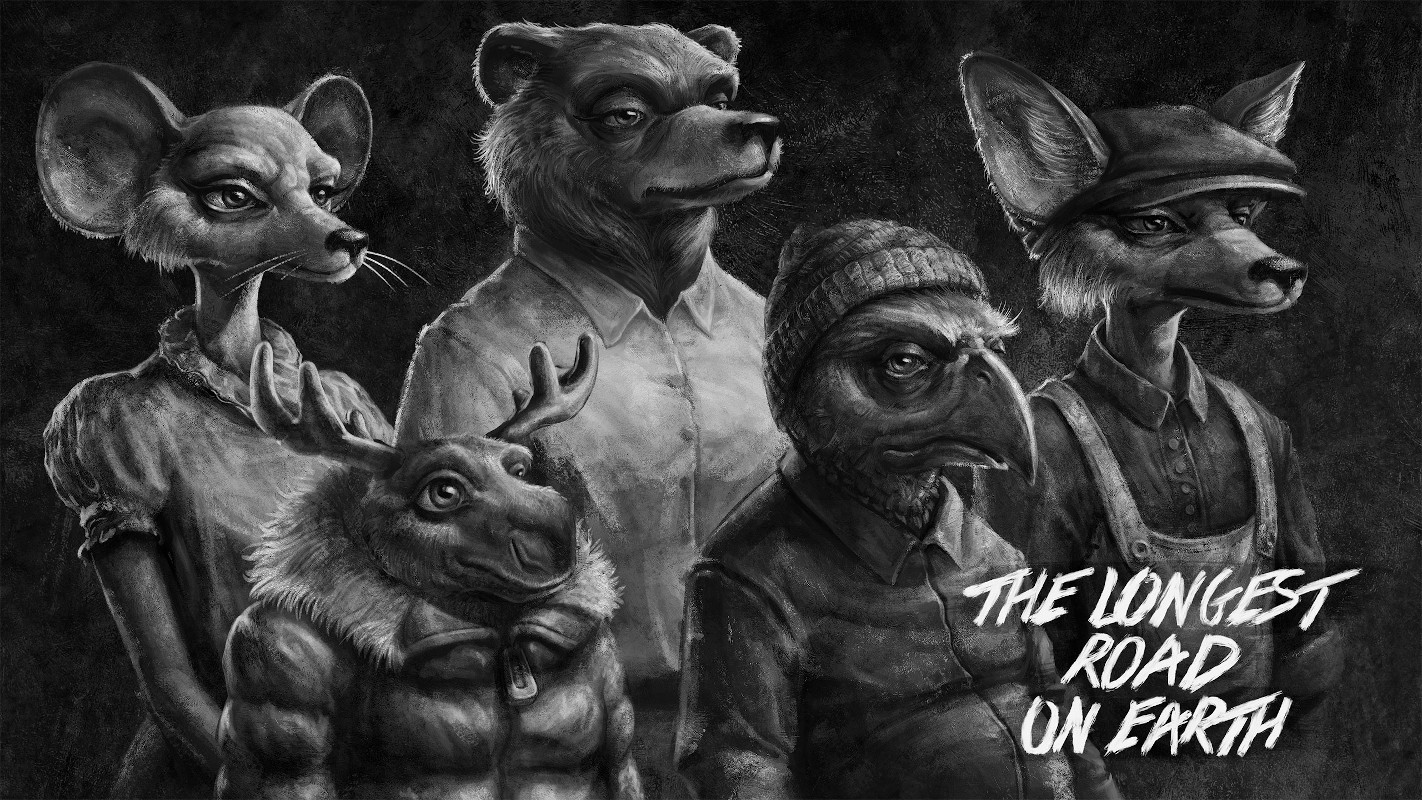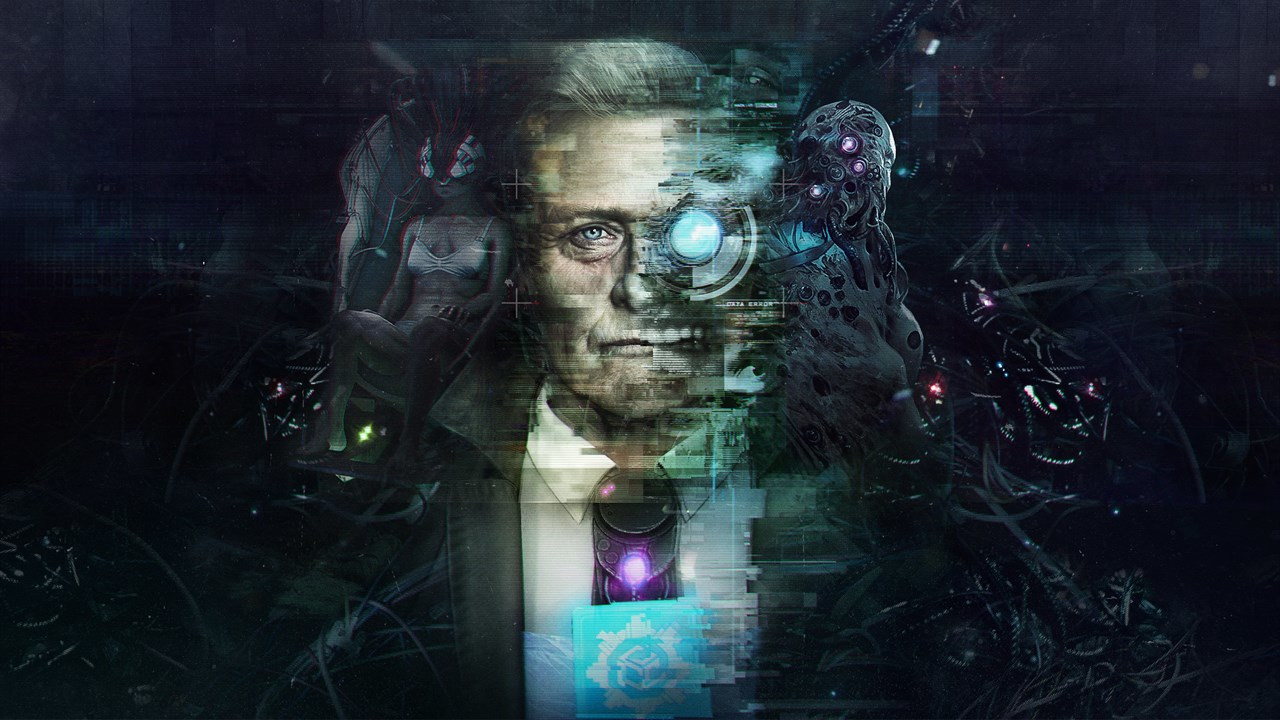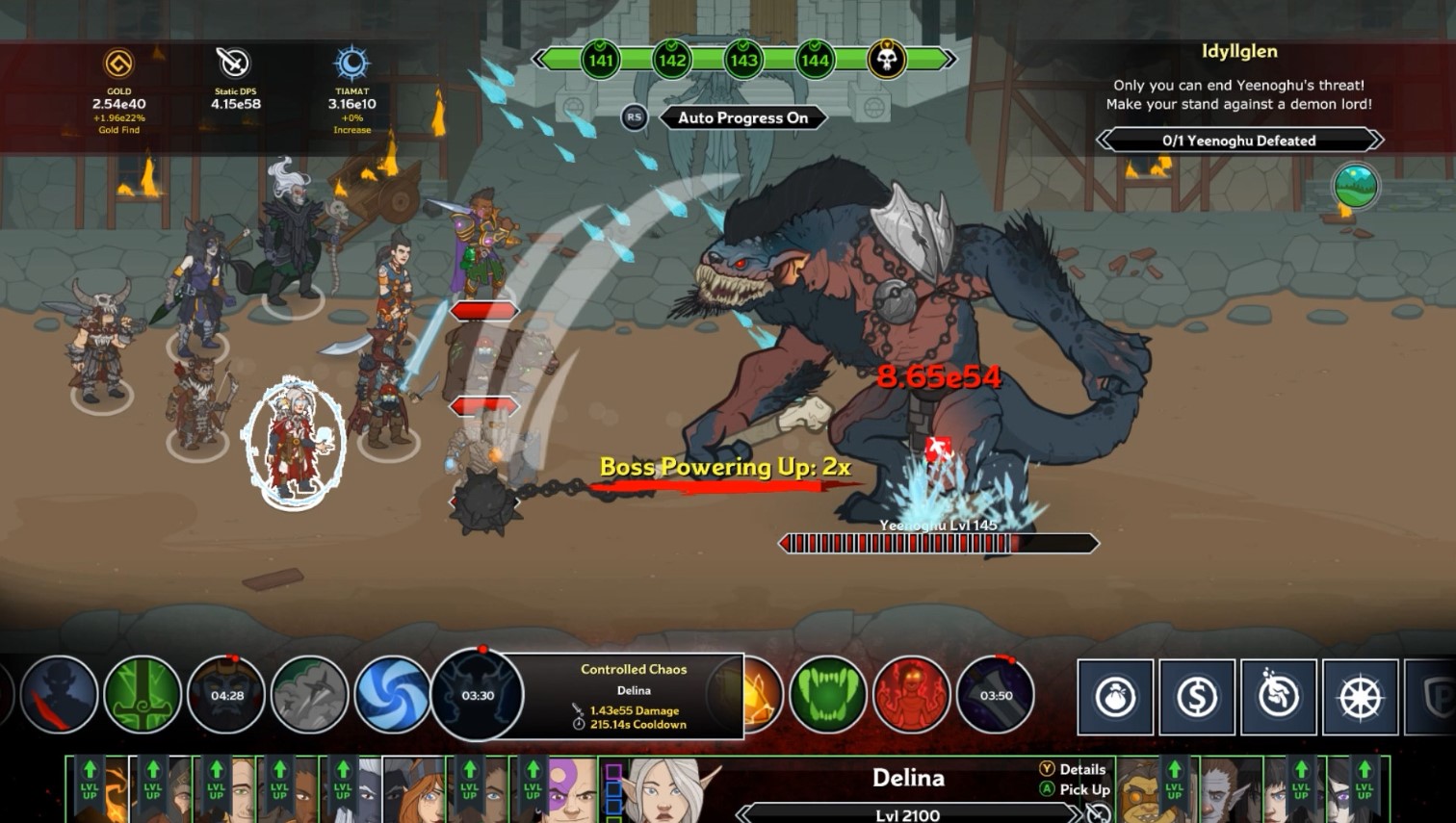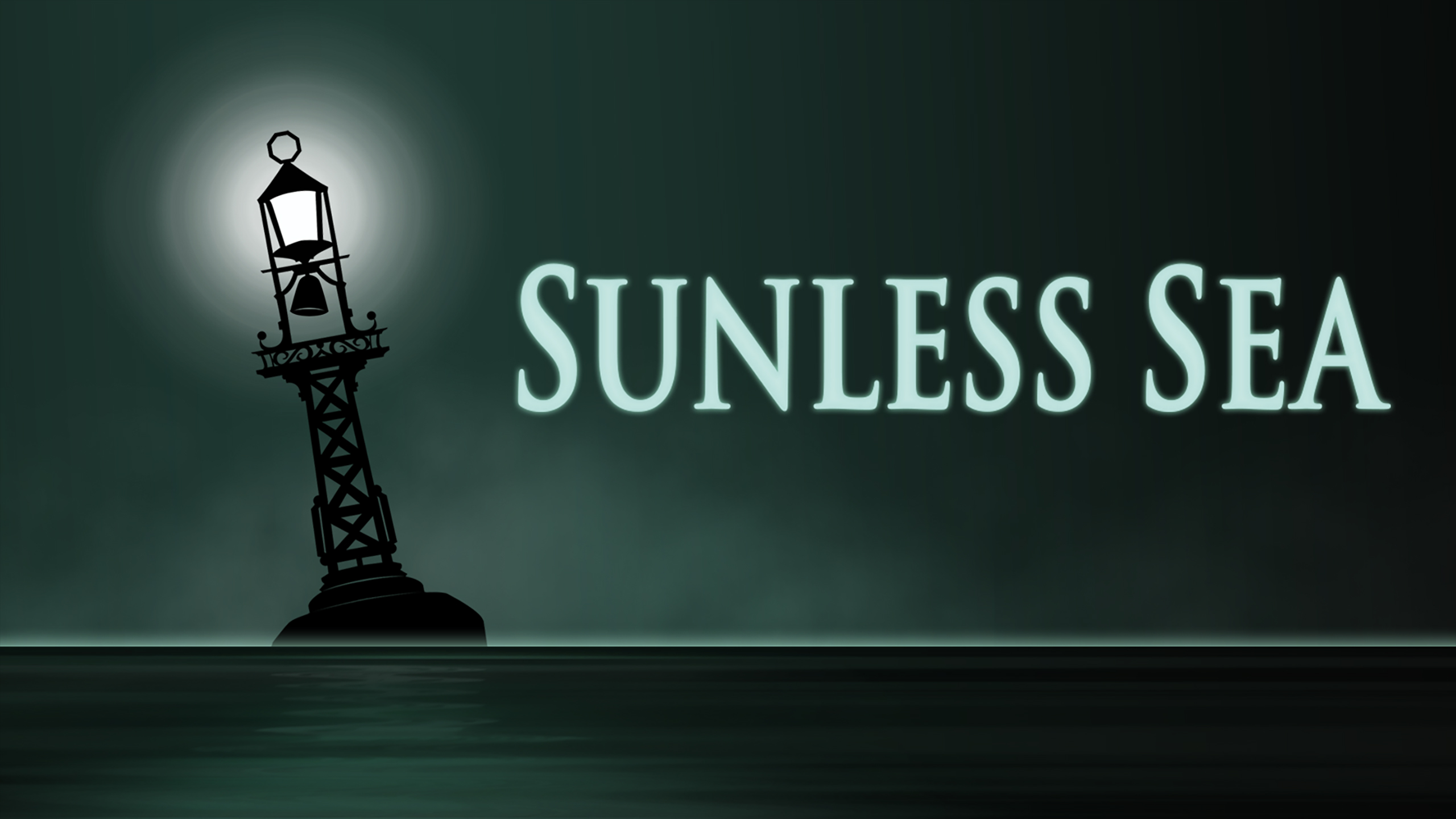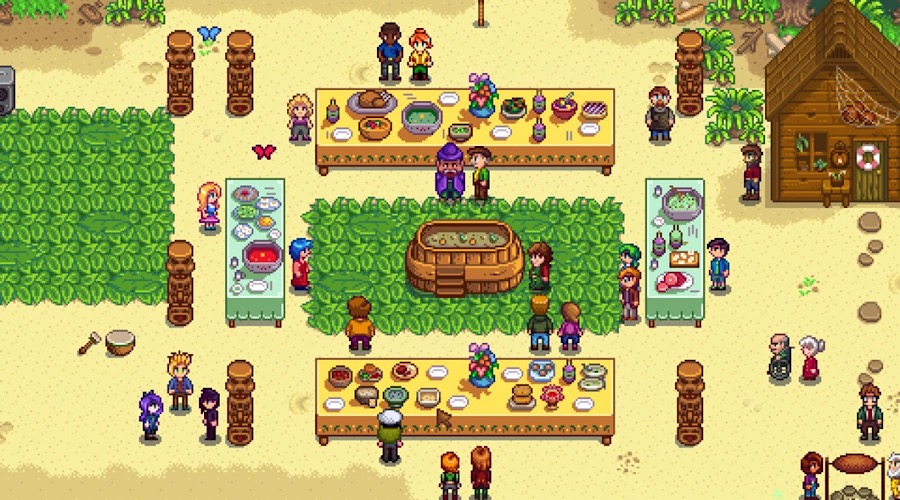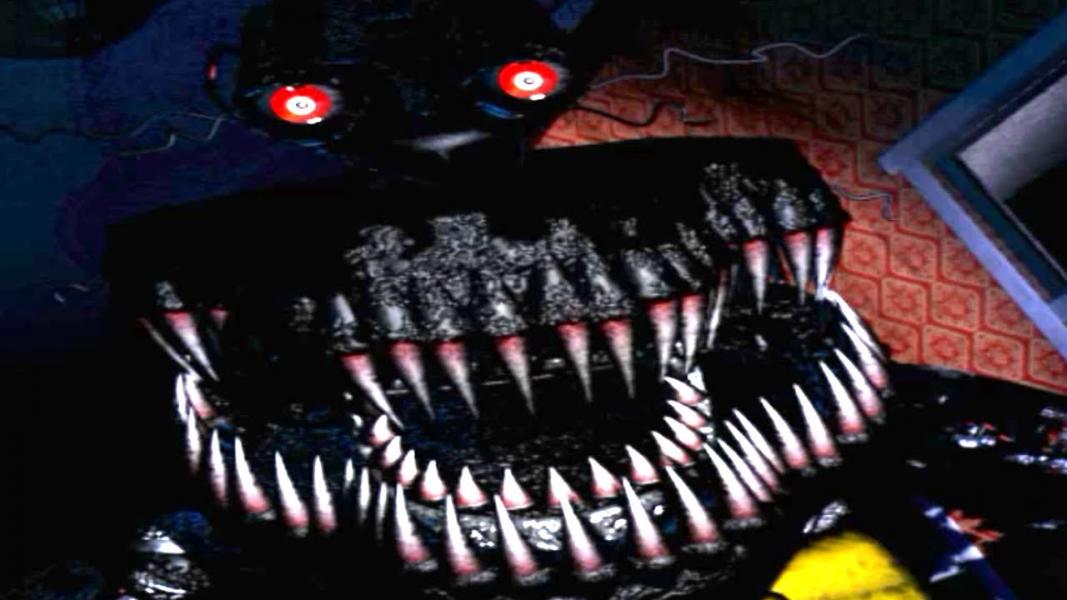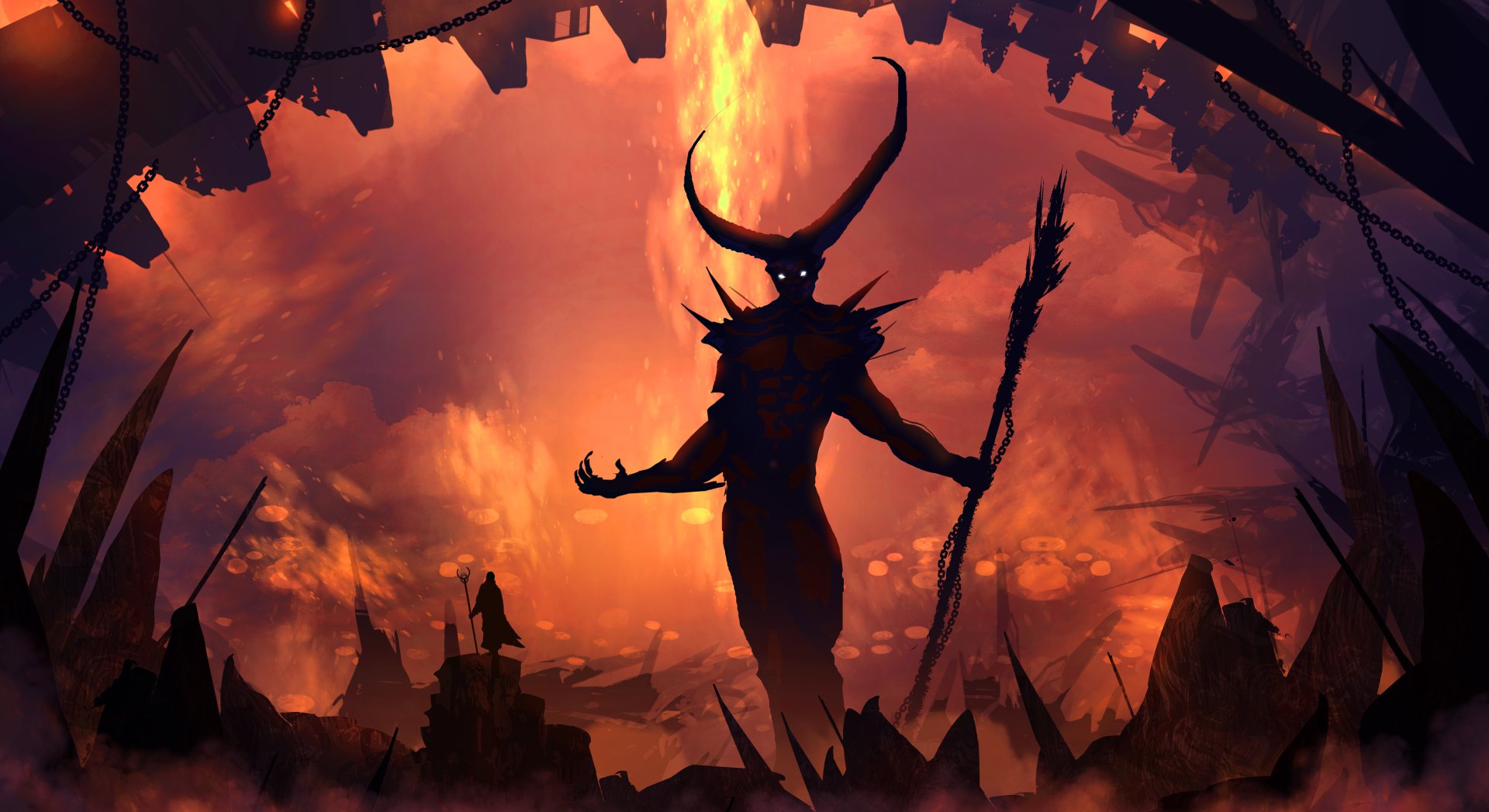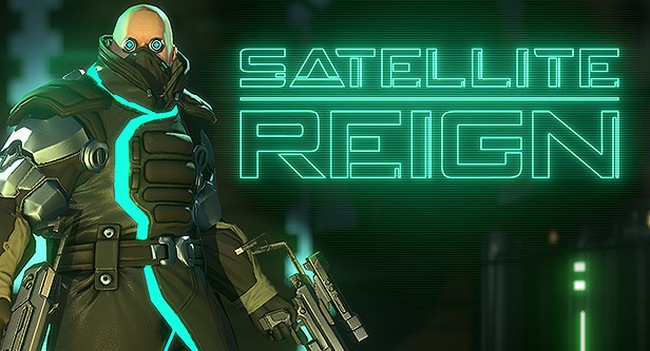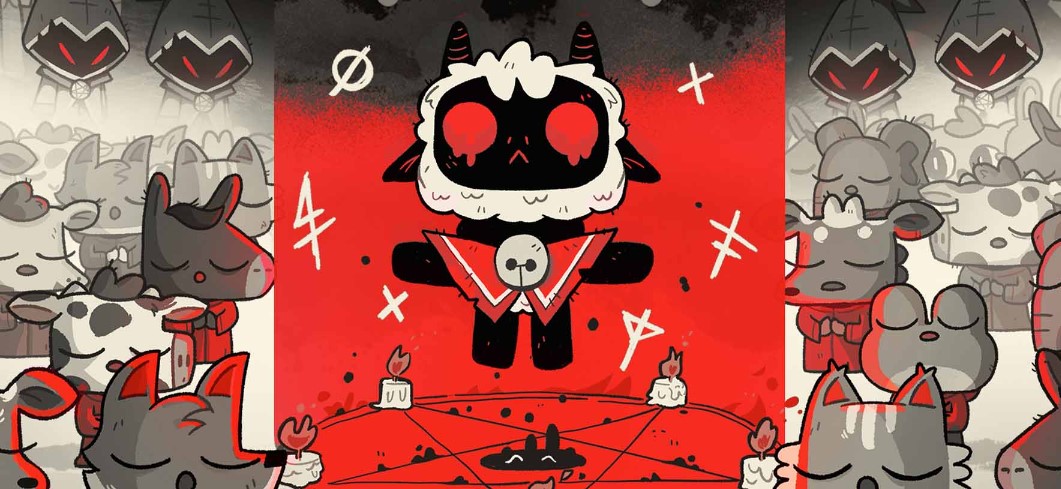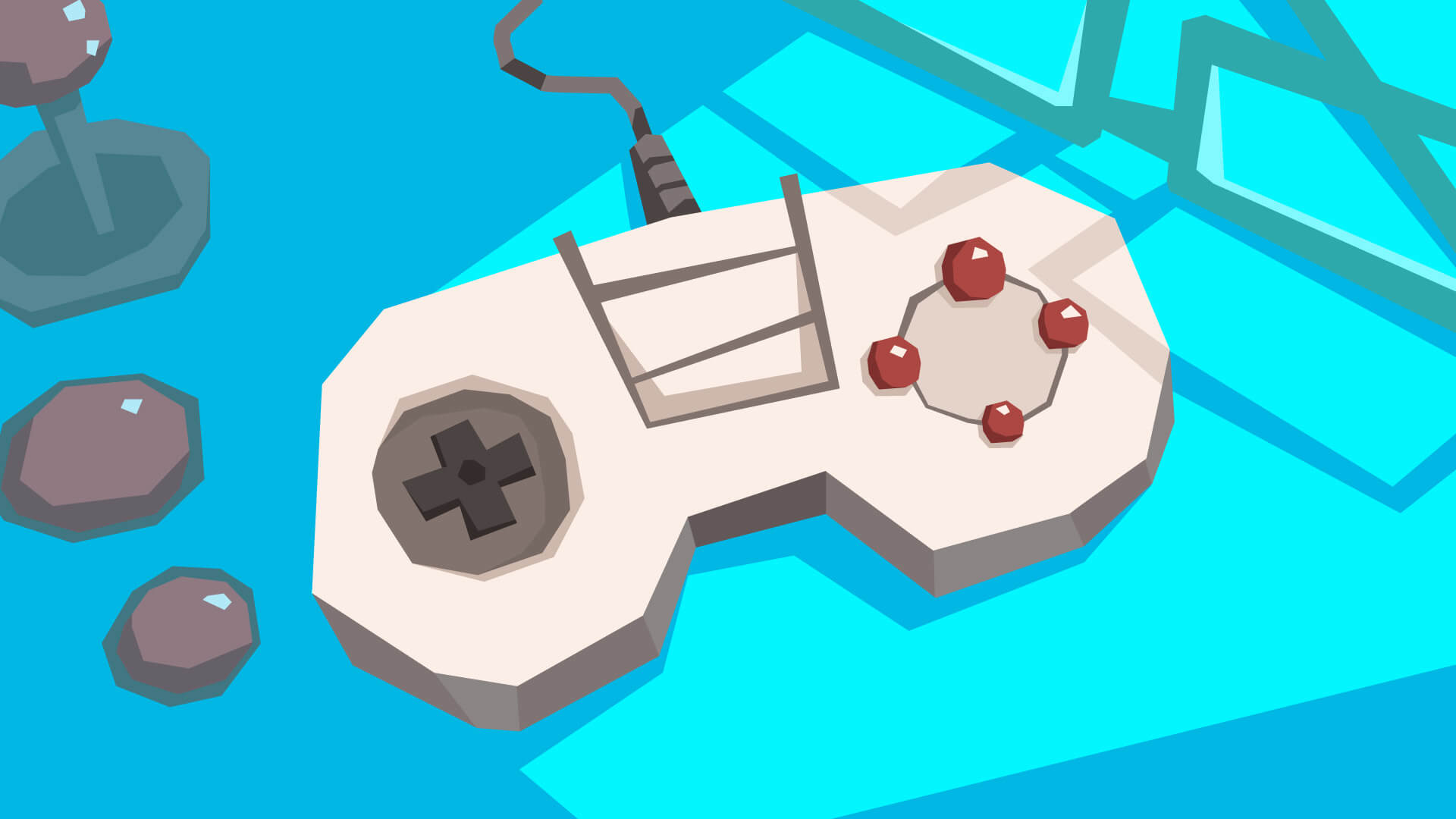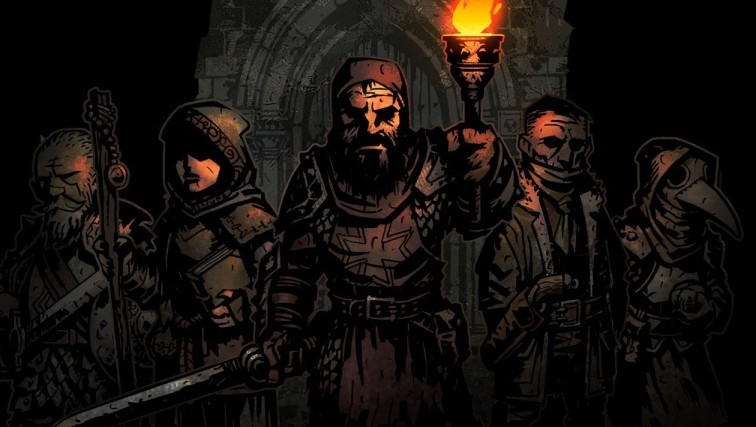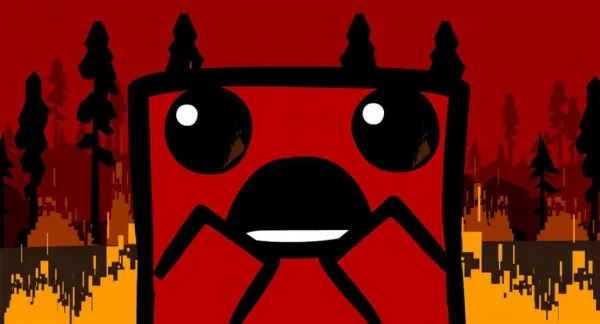
Beautiful and Unique Art, A Defining Feature of the Indie Genre
By providing the opportunity to publish games to almost everyone, the PC is responsible for an uprising in the popularity of indie games – a genre that is now taking the world by storm. It cultivated a diverse environment, rewarding innovation and individuality rather than uniform AAA design.
That remains a hallmark of the indie genre. In it, there are no limits placed on the heads of developers by their superiors; instead, there are just the team’s ideas in a pure state, presented how they were always intended to be.
As a result of the more personalized nature of indie games, each boasts its own unique, and often easily recognizable, art style. Here is a list of the top ten most distinctive art styles found in a game by an independent developer.
10. The Binding of Isaac
Released on September 28, 2011 by Edmund McMillen, and followed up with a remake in November 2014, The Binding of Isaac is a roguelike, action-adventure video game renowned for its macabre themes. Players experience life as a child, Isaac, locked in a basement by his abusive and zealously religious mother. The basement is monster-infested, but that is okay, because, alas, Isaac can kill them with his tears.
The ingenuity of The Binding of Isaac is most evident in the design of the monsters themselves. For example, the initial final boss, Mom, is meant to be Isaac’s mother, who is portrayed as a hairy, deformed leg in heels attempting to smother and crush him. A far more common enemy is a fly protectively circling a pile of feces.
All in all, The Binding of Isaac is memorable for gruesomely pairing the character of a vulnerable child with adult themes such as suicide, neglect, and religion. Its art style is but a (very successful) reflection of its shocking subject matter.
9. Nidhogg
Nidhogg is a two-player fighting game with a side-scrolling environment. The mechanics are based around the use of swords and dueling for one player to push themselves and their opponent to a particular side of the level, where they will meet Níðhöggr, a serpent of Norse mythology, then proceed to win the round. Ultimately, the concept is simple, but in execution, it is a fast-paced and exciting multiplayer game.
The pixelated art style and bright colors, including yellow and orange trails of blood, are reminiscent of 1980s era video games. Nidhogg’s nostalgic aesthetic separates it from most modern games.
8. Don’t Starve
Don’t Starve is a survival game which seems to borrow its visuals from a Tim Burton film. While there is a certain comic strip-like quality to its appearance, the game possesses a very real and very overpoweringly desolate atmosphere. As in the instrumental horror genre, the player’s seclusion is important to Don’t Starve; to preserve that feeling of isolation, the developer continually refuses to add a multiplayer function despite many requests.
The player’s job in Don’t Starve is to keep the protagonist, Wilson, alive and healthy. Wilson’s survival is determined by a single player’s ability to look after his well-being while the dismal surroundings, performing almost like a nightmare, threaten him.
7. Braid
Braid, released for the PC in April of 2009, is a puzzle-platformer with a heart. Its quietly confessional storyline and time-bending game mechanics are placed elegantly against a hand-painted backdrop that may only be described as enchanting.
It took over a year for Braid’s artwork to be completed, hence the apparent level of detail and care put into it. The style is that of an Impressionist painting, but fluid, like watercolors set into motion.
6. Hotline Miami
Set in an alternate and ultraviolent Miami, Hotline Miami pours all shades of neon colors onto an otherwise gritty environment. Players navigate buildings from a top-down perspective where they are instructed to leave no survivors – all to a pulsing 80s soundtrack and groovy visuals to match.
Choreographing a safe path through each level is vital. Enemies can be neutralized using a variety of weapons, including melee attacks, but Hotline Miami’s vicious gunplay is often the most effective tactic. As the screen vibrates manically, the level becomes drenched in a rich, crimson bloodshed.
The action is hard-hitting, and bewildering in contrast to the brutal surroundings, its flamboyant art style is unmistakable. Hotline Miami is an indie gaming experience that will not be forgotten. In fact, its sequel, Hotline Miami 2: Wrong Number, was only released earlier this year.
5. Broken Age
Broken Age, a point-and-click adventure game, was publicly released in January of 2014 as the largest crowd-funded video game project of its time. Originally requesting $400,000 for its development and documentary filming, in just a month, the project ended up receiving $3.45 million from approximately 87,000 backers.
Unlike Hotline Miami, it prides itself on being family-friendly and heartfelt. The coming-of-age story follows two teenagers who players get to know by choosing to experience each individual’s particular adventure, switching between either on their own terms.
All of the art in Broken Age is hand-animated, and the lush color scheme resting upon several layers of sharp graphics is captivating; in particular, the character designs accentuate, and even enhance, their unique personalities. Existing in perfect harmony, these elements make Broken Age a valuable storybook-esque experience.
4. Limbo
Limbo is about as minimalist as games come; there is not a single word articulated throughout, and the game is presented entirely in shades of black and white. It evokes a certain cinematic quality that is not unlike silent films. Adding to the striking visual impact, everything only appears in shadows and silhouettes.
The (unspoken) story itself is as bleak as the game’s appearance, showcasing a young boy who is forced to helplessly search for his sister in a menacing environment. Nothing is safe out in this wild, nothing is friendly.
3. Super Meat Boy
By many, Super Meat Boy’s aesthetic would be described as unpleasant, uncomfortable, or, at least, unconventional. Much like The Binding of Isaac, whose level work and art direction was also crafted by Edmund McMillen, the game can be a little hard to swallow.
Fun fact: Danny Baranowsky composed the soundtracks for both Super Meat Boy and The Binding of Isaac. Both are haunting.
In gameplay, Super Meat Boy resembles classic NES platformers, such as Mega Man and the ever-popular Super Mario Bros. Relatively unforgiving, its level of difficulty falls more in line with retro games, rather than modern ones, as well.
However, in art style, Super Meat Boy is far more perverse than a Mario game. Not possessing any skin, a trail of blood follows Meat Boy wherever he goes.
And naturally, a disgustingly moist sound emits from his flesh with each step – or, to be exact, with each wiggly hop.
2. Neverending Nightmares
Neverending Nightmares is a psychological horror game that places great emphasis on our own mind’s ability to terrorize us. Based upon the creator’s real life battle with mental illness, including Major Depressive Disorder and Obsessive Compulsive Disorder, all the monsters are just physical manifestations of the protagonist’s inner demons.
The game is completely in shades of gray, save for a few sinister highlights of red. In a way, the art style is that of a composition notebook – colorless, a flurry of hand-drawn lines making up each of the shadows. Matt Gilgenbach, the game’s lead designer, noted the illustrations of Edward Gorey as his main inspiration.
1. Ori and the Blind Forest
Published in March of this year, Ori and the Blind Forest is a fantastical open-world puzzle-platformer straight out of a picture book or fairytale. Like Super Meat Boy, it is not an easy game, and presents a challenge that is less popular in contemporary games.
The tragedy of Ori and the Blind Forest is that the forest is withering. Immediately, the game uses this to tug at the player’s heartstrings; in the introduction, the lead character, Ori, watches their guardian die and has to face this weakening world alone.
Orphaned, Ori takes on the responsibility of rebalancing the forest’s elements of Water, Wind, and Warmth. It is a spiritual and sometimes devastating journey.
The game features hand-painted 2D graphics that envelop players in its enchanting universe. Each background is distinctive; there are no duplicated components in Ori and the Blind Forest, making the environment feel rich and alive, mesmerizing and sinuous.
Because players have to interact with the environment in order to solve puzzles, the ability to remain immersed, and even entranced, within the atmosphere is important. Ori and the Blind Forest’s fanciful art style is conducive to its careful and considerate gameplay. But, most of all, it is just downright breath-taking.
Of course, these ten examples are not the only games in the indie genre with an exceptional art style. There are many, many more. If you have a favorite, please let us know in the comments section!
Related Articles
Ori and the Blind Forest Gameplay: 10 Things You'll Love
Ori and the Blind Forest Review
Ori and the Blind Forest Gameplay: 10 Interesting Facts About This Awesome Game












